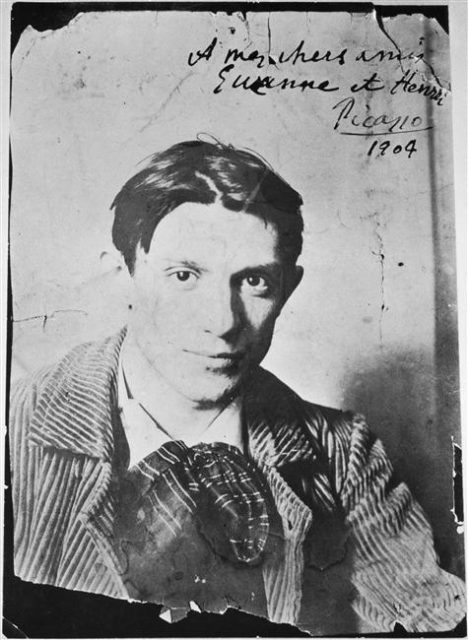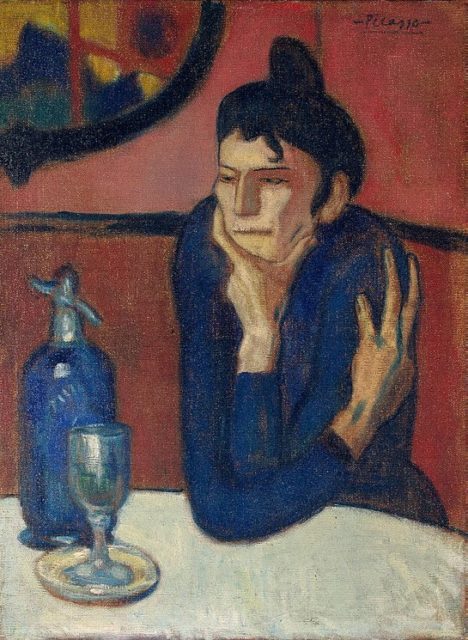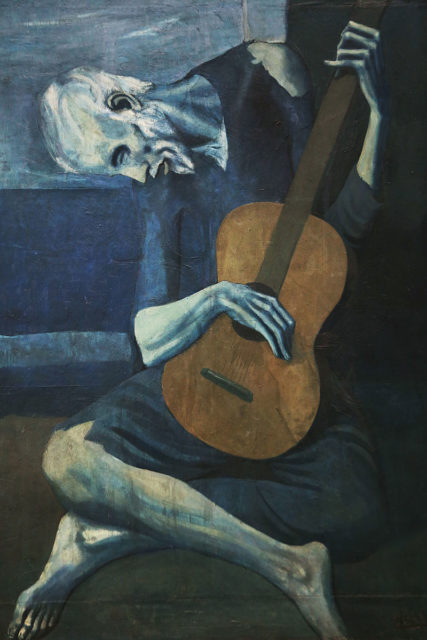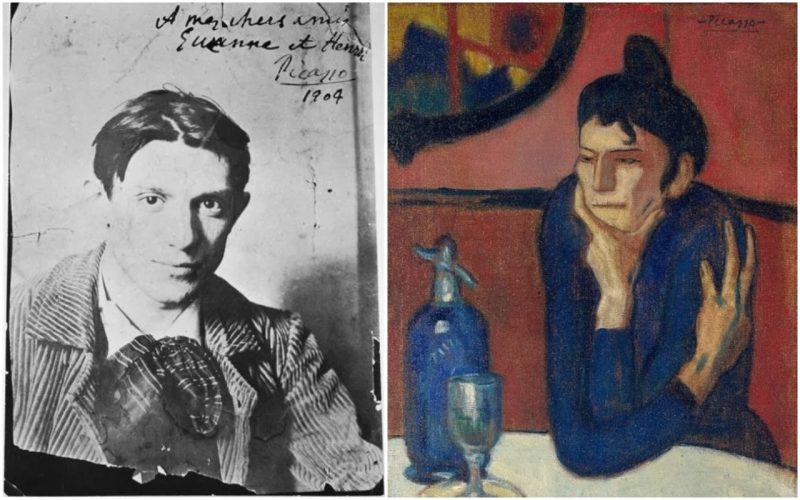For most of his long life, Pablo Picasso was greatly devoted to his art and paintings, and he would reinvent his style unlike any other artist in the world ever did. By many, his achievements have been hailed as among the greatest of all, as a profound influencer to other creative minds, and as the most famous artist of the 20th century, if not for all times.
Praised as the father of Cubism, alongside Georges Braque, and also a major contributor to the schools of Symbolism and Surrealism, just like many other great artists, Picasso still had to face some times of trouble in life, particularly in the early years of his career. Some of them were short-lived troubles and today serve as great anecdotes. Like that time he was declared one of the suspects for stealing the Mona Lisa from the Louvre, an event that filled the newspapers in 1911. Picasso would have been around 30 at the time.

Supposedly, this accusation was due to his association with another artist, Géry Piéret, who already had a record of theft from the famed Parisian museum. Before that, Picasso had bought some other artworks from Piéret, not knowing that the pieces had been previously stolen from the Louvre by Piéret himself. Sooner rather than later, the Spanish artist was free of the absurd accusation, however.
The more serious matters from his younger days happened a decade earlier. Upon his arrival in Paris at the turn of the century, Picasso had to face life in great poverty and hardship. By this point, Picasso had already shown some of his extraordinary talents as an artist, jump-starting his career as early as 1894, when he would have been just 13.

A natural-born artist, even the first words he spoke were allegedly “piz piz,” short for a pencil in Spanish (the original word is lápiz). His father, himself a painter and art teacher, passed some of his knowledge to Picasso, yet none of this seems to have helped the Spaniard upon his early arrival to the French capital.
In Paris, Picasso befriended the poet and journalist Max Jacob, and the two became roommates. They lived in a small, poor apartment, possibly with just one bed. Unlike his roommate who would sleep through the night and preferred daytime to find the right words, Picasso was more nocturnal and he got his creative juices in the night hours.

Even though it was the Belle Époque for Paris, a time of great economic prosperity and cultural boost, Picasso did not make a substantial income and faced life under extreme conditions. It was so cold in his apartment that to warm up the place he was forced to do the unthinkable, namely burning a considerable amount of the artwork he had created by that point.
Fortunately, Picasso managed to wade out of these hard times. Soon he moved to Madrid, where he began his Blue Period, which was characterized by somber paintings that made extensive use of different tones of blue or blue-green. He would use warmer colors in fewer instances during this period, and perhaps it was that fierce Parisian winter that inspired this era of Picasso’s work.

He switched styles radically in his attempts to reinvent himself. After this Blue Period, Picasso entered his Rose Period around 1904. And in the moments he had been accused of stealing the Mona Lisa portrait, he must have been amid his Analytic Cubism period.
Related story from us: Picasso’s perfect answer to the Gestapo
The latest auction of Picasso’s artworks at the end of February 2018 was an ultimate validation of his genius. At Sotheby’s auction house in London, one of his works, the portrait of his lover Marie-Thérèse Walter, was purchased for an astonishing $69 million, becoming the second most expensive artwork ever bought in Europe. In total, 13 works by Picasso were sold at the recent auction event, altogether reportedly hitting over $155 million.
